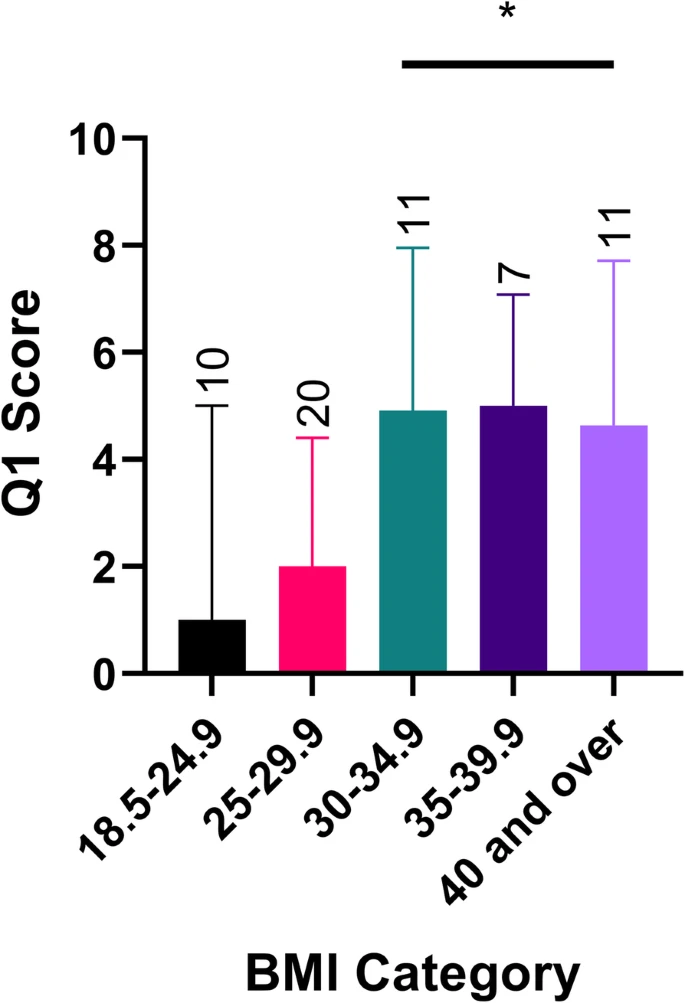Research Open Access
Anna T. Freeman, David Hill, Colin Newell, Helen Moyses, Adnan Azim, Deborah Knight, Laura Presland, Matthew Harvey, Hans Michael Haitchi, Alastair Watson, Karl J. Staples, Ramesh J. Kurukulaaratchy & Tom M. A. Wilkinson
Asthma Research and Practice volume 6, Article number: 5 (2020)
Abstract
Background
Exercise is recommended in guidelines for asthma management and has beneficial effects on symptom control, inflammation and lung function in patients with sub-optimally controlled asthma. Despite this, physical activity levels in patients with difficult asthma are often impaired. Understanding the barriers to exercise in people with difficult asthma is crucial for increasing their activity, and in implementing successful, disease modifying, and holistic approaches to improve their health.
Methods
62 Patients within the WATCH Difficult Asthma Cohort (Southampton, UK) completed an Exercise Therapy Burden Questionnaire (ETBQ). The results were analyzed with contemporaneous asthma-related data to determine relationships between perceived exercise barriers and asthma and comorbidity characteristics
Results

Patients were reflective of a difficult asthma cohort, 66% were female, and 63% were atopic. They had a high BMI (median [inter-quartile range]) of 29.3 [25.5–36.2], age of 53.5 [38.75, 65.25], impaired spirometry with FEV1 73% predicted [59.5, 86.6%] and FEV/FVC ratio of 72 [56.5, 78.0] and poor symptom control, as defined by an Asthma Control Questionnaire (ACQ6) result of 2.4 [1.28, 3.2]. A high perceived barriers to exercise score was significantly correlated with increased asthma symptoms (r = 0.452, p < 0.0001), anxiety (r = 0.375, p = 0.005) and depression (r = 0.363, p = 0.008), poor quality of life (r = 0.345, p = 0.015) and number of rescue oral steroid courses in the past 12 months (r = 0.257, p = 0.048). Lung function, blood eosinophil count, FeNO, Njimegen and SNOT22 scores, BMI and hospitalisations in the previous year were not related to exercise perceptions.
Conclusion
In difficult asthma, perceived barriers to exercise are related to symptom burden and psychological morbidity. Therefore, exercise interventions combined with psychological input such as CBT to restructure thought processes around these perceived barriers may be useful in facilitating adoption of exercise.
